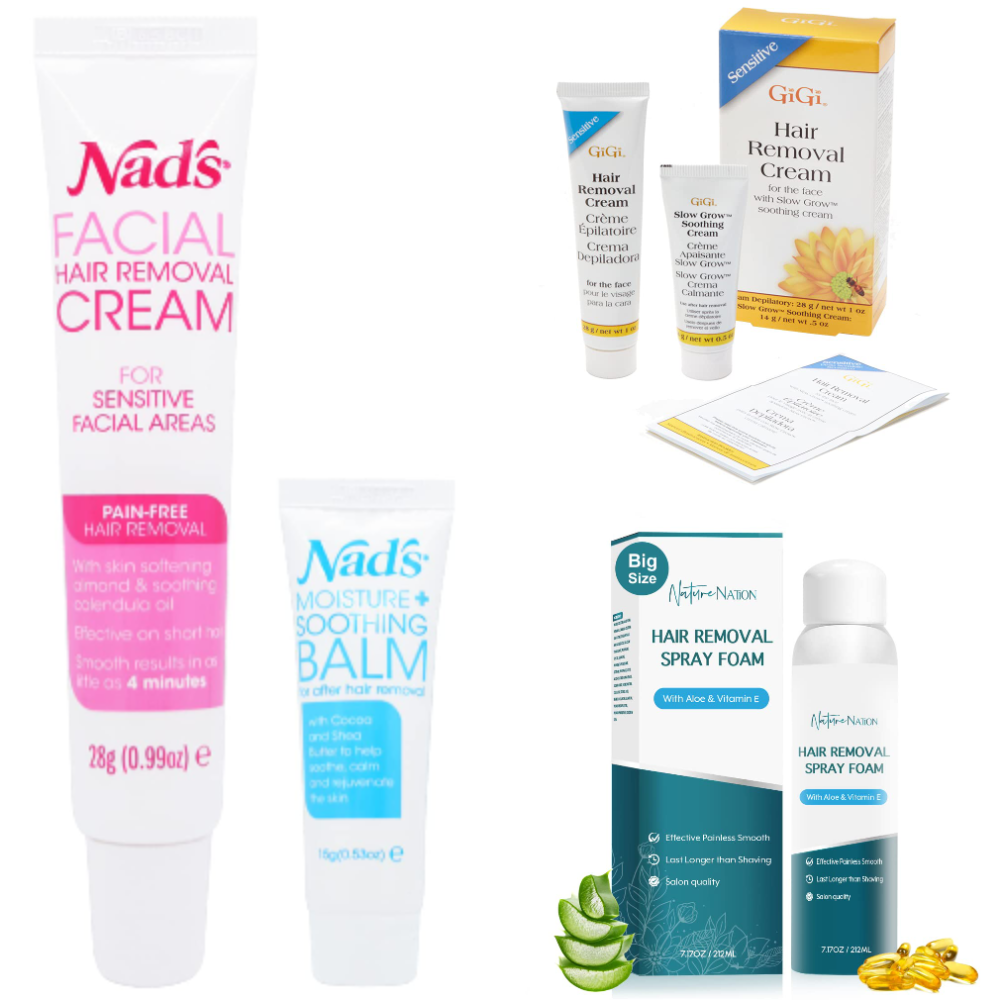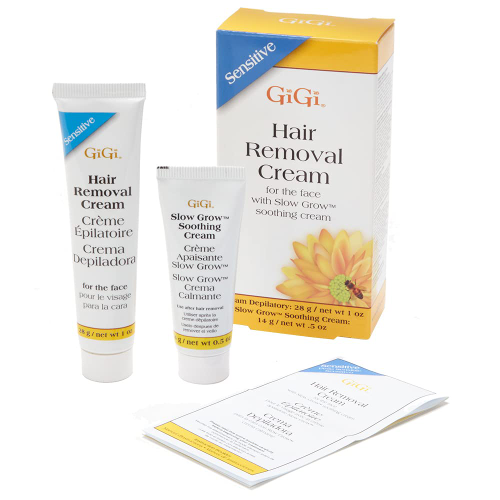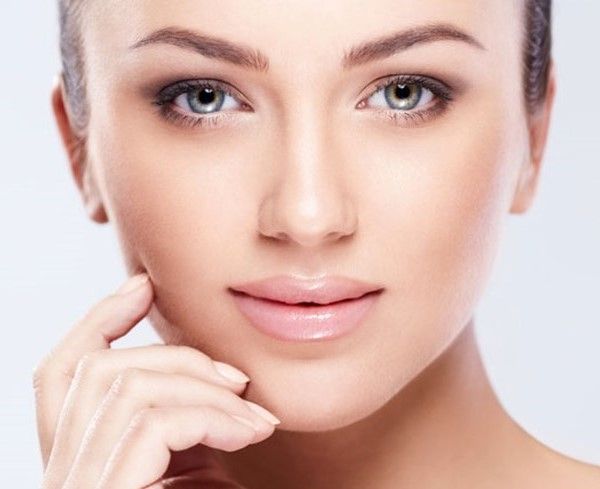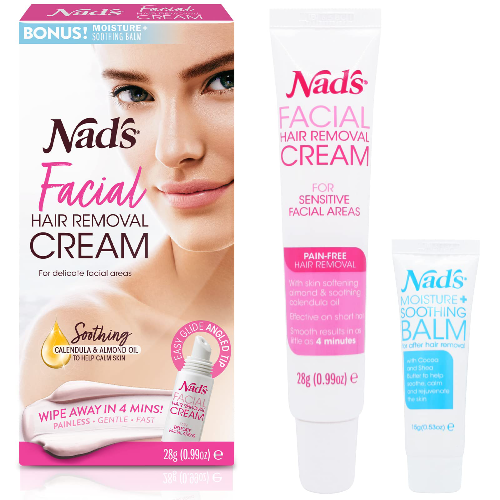Facial hair can be a cause of distress for many women and can significantly affect their appearance. While there are numerous ways to remove facial hair, facial hair removal creams are among the most popular. These creams are easy to use and provide long-lasting results. However, to use them safely and effectively, you need to be aware of certain things. In this blog post, we will discuss some tips for using facial hair removal cream safely and effectively.
Determine your skin type
Before using any facial hair removal cream, you must first determine your skin type. Some facial hair removal creams are specifically formulated for oily skin, while others are perfect for sensitive skin. Be sure to read the label carefully and follow the instructions accordingly. If you have sensitive skin, it's best to look for a cream that is hypoallergenic, fragrance-free, and dye-free.
Do a small patch test
Before applying the cream to your face, it's best to do a small patch test on a less noticeable area of your body. This will help you determine if you are allergic to any of the ingredients in the cream. Apply a small amount of the cream on your arm or leg and wait for a few hours. If there is no redness, itching, or rash, you can use the cream on your face.
Follow the instructions carefully
Facial hair removal creams come with specific instructions for use. Be sure to follow the instructions carefully to avoid any skin irritation or damage. Usually, the cream is applied on dry skin and left for a specific amount of time before getting wiped off with a damp washcloth. Never leave the cream on your face for longer than the recommended time, as this can cause skin irritation.
Moisturize your skin after use
Facial hair removal creams can strip your skin of its natural oils, leaving it dry and flaky. After using the cream, it's essential to moisturize your skin to keep it hydrated and healthy. Use a gentle moisturizer that is free of fragrances and dyes.
Avoid sun exposure
After using facial hair removal cream, your skin may become more sensitive to the sun's harmful rays. Always wear sunscreen with a minimum SPF of 30 to protect your skin from UVA and UVB rays. Avoid spending too much time in the sun, especially during peak hours when the sun's rays are strongest.


What is facial hair removal cream?
\Facial hair removal cream, also known as depilatory cream, is a product designed to remove hair from the face. It works by breaking down the protein structure of the hair, causing it to dissolve and be easily wiped away.
How do I use facial hair removal cream?
Start by cleansing your face to remove any dirt or makeup. Apply the cream evenly over the area with unwanted hair, avoiding the eyes and mouth. Leave the cream on for the recommended time on the packaging, usually around 5-10 minutes. Then wipe off the cream with a damp cloth and rinse your face thoroughly.
Can I use facial hair removal cream on sensitive skin?
While some facial hair removal creams are formulated for sensitive skin, everyone's skin reacts differently. Always perform a patch test on a small area of skin before applying the cream to your face.
How often can I use facial hair removal cream?
The frequency of use depends on your hair growth rate and the specific product instructions. However, it's generally not recommended to use depilatory creams more than once a week.
Are there any side effects of using facial hair removal cream?
Some people may experience skin irritation, redness, or a burning sensation after using hair removal cream. If you experience severe discomfort or symptoms persist, discontinue use and consult a dermatologist.

Facial hair removal creams are an excellent solution for unwanted facial hair. However, using them safely and effectively is crucial to avoid skin irritation and damage. Determine your skin type, do a small patch test, follow the instructions carefully, moisturize your skin after use, and avoid sun exposure to enjoy the full benefits of facial hair removal cream. With these tips, you can confidently remove facial hair and embrace a smooth, hair-free face.












